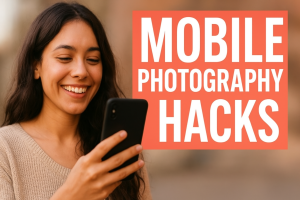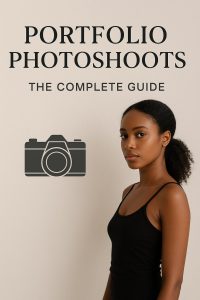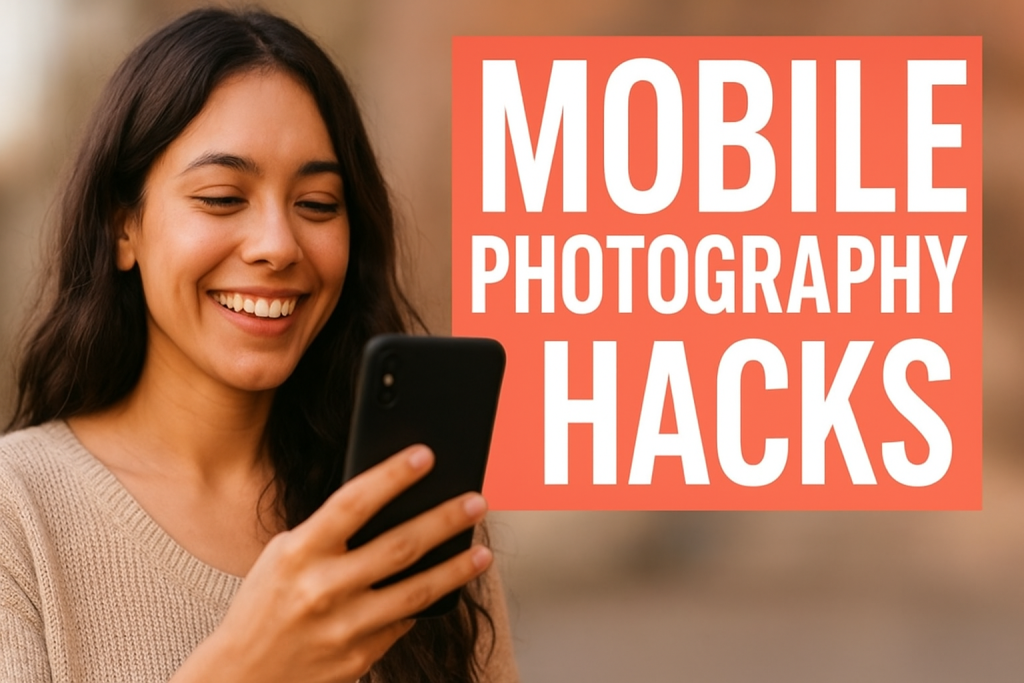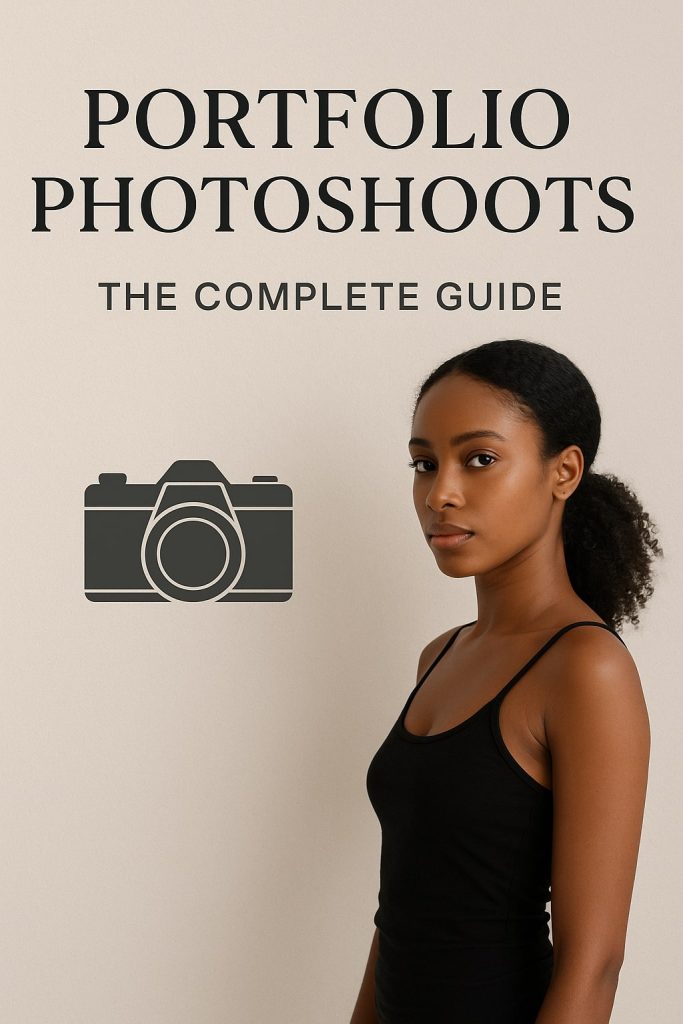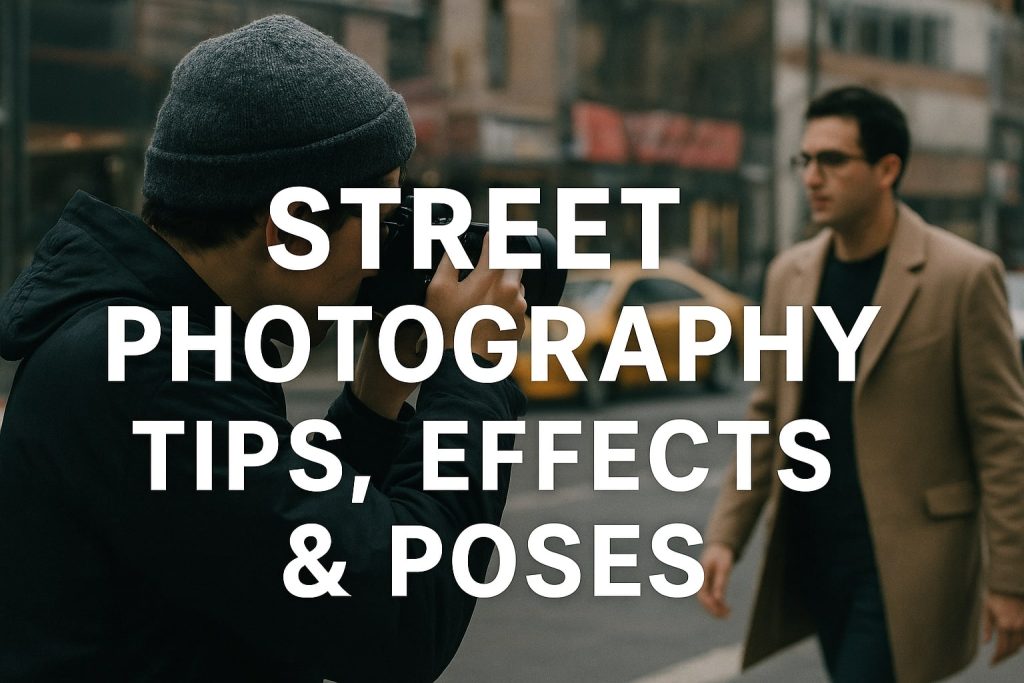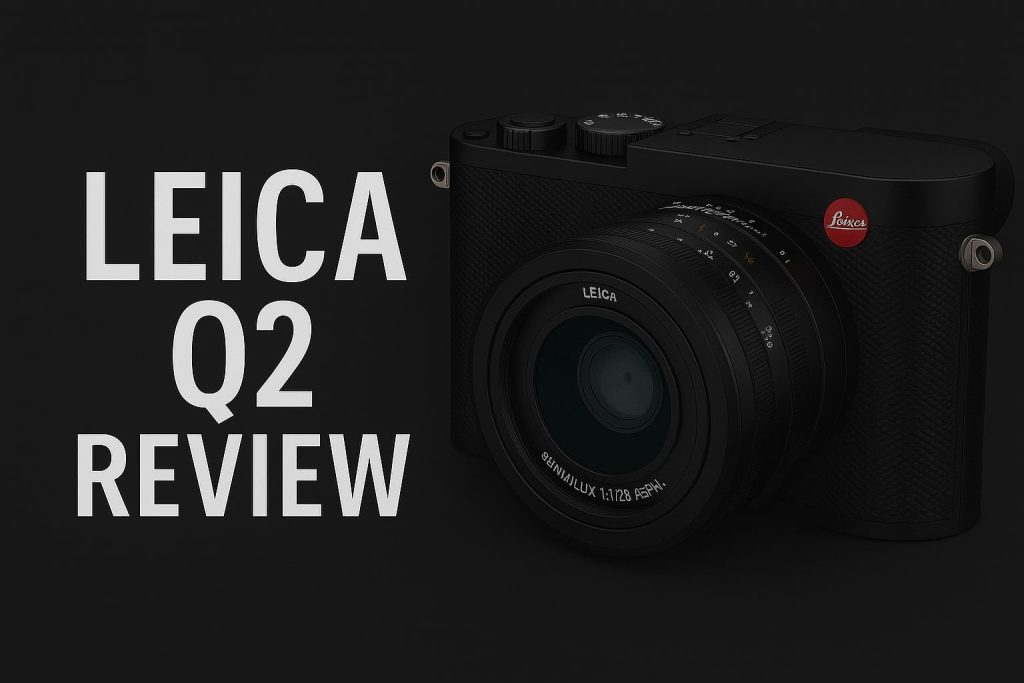Product photography plays a vital role in influencing purchasing decisions. A well-composed image with the best backgrounds for product photography can highlight a product’s details, create an appealing aesthetic, and make your brand stand out. In this guide, we will explore different background options and how to use them effectively to enhance product photography.
Why Backgrounds Matter in Product Photography
The background in product photography serves multiple purposes, including:
- Highlighting the Product: A clean, appropriate background keeps the focus on the product.
- Creating Brand Consistency: A uniform background across all product images establishes a recognizable brand aesthetic.
- Enhancing Visual Appeal: Different backgrounds can evoke different emotions and complement product colors.
- Reducing Distractions: A well-chosen background prevents unnecessary elements from stealing attention from the product.
Types of Product Photography Backgrounds
1. White Backgrounds
A white background is one of the most commonly used in product photography due to its clean and minimalistic look. Best for:
- E-commerce websites (Amazon, eBay, Shopify, etc.)
- High-contrast product photography
- Creating a distraction-free, professional image How to achieve:
- Use a seamless white paper roll or a lightbox
- Ensure proper lighting to avoid shadows
- Edit to enhance brightness and remove blemishes
2. Black Backgrounds
A black background creates a dramatic effect and adds a sense of luxury to the product. Best for:
- Jewelry, watches, luxury items
- Dark-colored products needing contrast
- Artistic, high-end product photography How to achieve:
- Use a black cloth, matte black paper, or a dark acrylic sheet
- Use directional lighting to create highlights
- Avoid reflections by adjusting angles
3. Solid Color Backgrounds
Bright and pastel-colored backgrounds can add vibrancy and character to a product photo. Best for:
- Lifestyle brands, cosmetics, toys
- Products that need to pop against a solid color How to achieve:
- Use colored backdrops (foam boards, colored paper, or fabric)
- Choose colors that contrast yet complement the product
- Edit the background for uniformity
4. Textured Backgrounds
Textures add depth and character to product images. Popular textures include wood, marble, fabric, and concrete. Best for:
- Handcrafted items, food photography, skincare products
- Products requiring a rustic, organic, or premium feel How to achieve:
- Use real textures (wooden tables, marble tiles, linen cloths)
- Use printed backgrounds to mimic textures
- Adjust lighting to emphasize texture without overpowering the product

5. Transparent or Glass Backgrounds
A glass background can provide a sleek, modern look with reflections that add a dynamic touch. Best for:
- Perfumes, cosmetics, high-end fashion accessories
- Products requiring a reflective aesthetic How to achieve:
- Use acrylic glass or real glass panels
- Light from below or behind for a dramatic effect
- Use a polarizing filter to control reflections
6. Gradient Backgrounds
Gradient backgrounds create a smooth transition between colors, adding depth to images. Best for:
- Luxury items, digital products, creative advertising How to achieve:
- Use printed gradient backdrops
- Create gradients digitally in post-processing
- Use gels on lights for natural gradients
7. Outdoor Backgrounds
Natural outdoor settings provide an authentic feel, perfect for lifestyle and adventure products. Best for:
- Travel gear, outdoor apparel, organic products
- Fashion accessories and fitness products How to achieve:
- Choose locations with consistent lighting (overcast days work well)
- Use a shallow depth of field to blur the background
- Adjust colors in post-processing to maintain consistency
8. DIY Backgrounds
For those on a budget, DIY backgrounds can be created using simple materials. Best for:
- Small businesses, craft brands, unique product photography How to achieve:
- Use everyday items like wallpaper, wrapping paper, wooden boards
- Paint custom backgrounds for a unique look
- Repurpose household items (bedsheets, old doors, etc.)
Choosing the Right Background for Your Product
Selecting the best background depends on:
- Product Type: Jewelry looks best on black or white, while lifestyle products may suit natural backgrounds.
- Brand Identity: A consistent background style creates a cohesive look for your brand.
- Target Audience: Vibrant backgrounds appeal to younger demographics, while neutral tones work for luxury goods.
- Lighting Conditions: Some backgrounds work best with specific lighting setups.
- Editing and Post-Processing: Consider how much editing will be needed to perfect the background.
Editing Backgrounds for a Professional Look
Even with the perfect background, post-processing is essential to refine images.
- Background Removal: Use Photoshop’s background removal tools for a seamless look.
- Color Correction: Adjust brightness, contrast, and saturation.
- Blurring Effects: Add a slight blur to separate the product from the background.
- Retouching Tools: Remove imperfections for a cleaner look.
Conclusion
The best backgrounds for product photography depend on your product, brand identity, and target audience. Experiment with different styles to find what works best for your niche. By combining the right background with proper lighting and editing, you can create professional-quality product images that attract customers and drive sales.
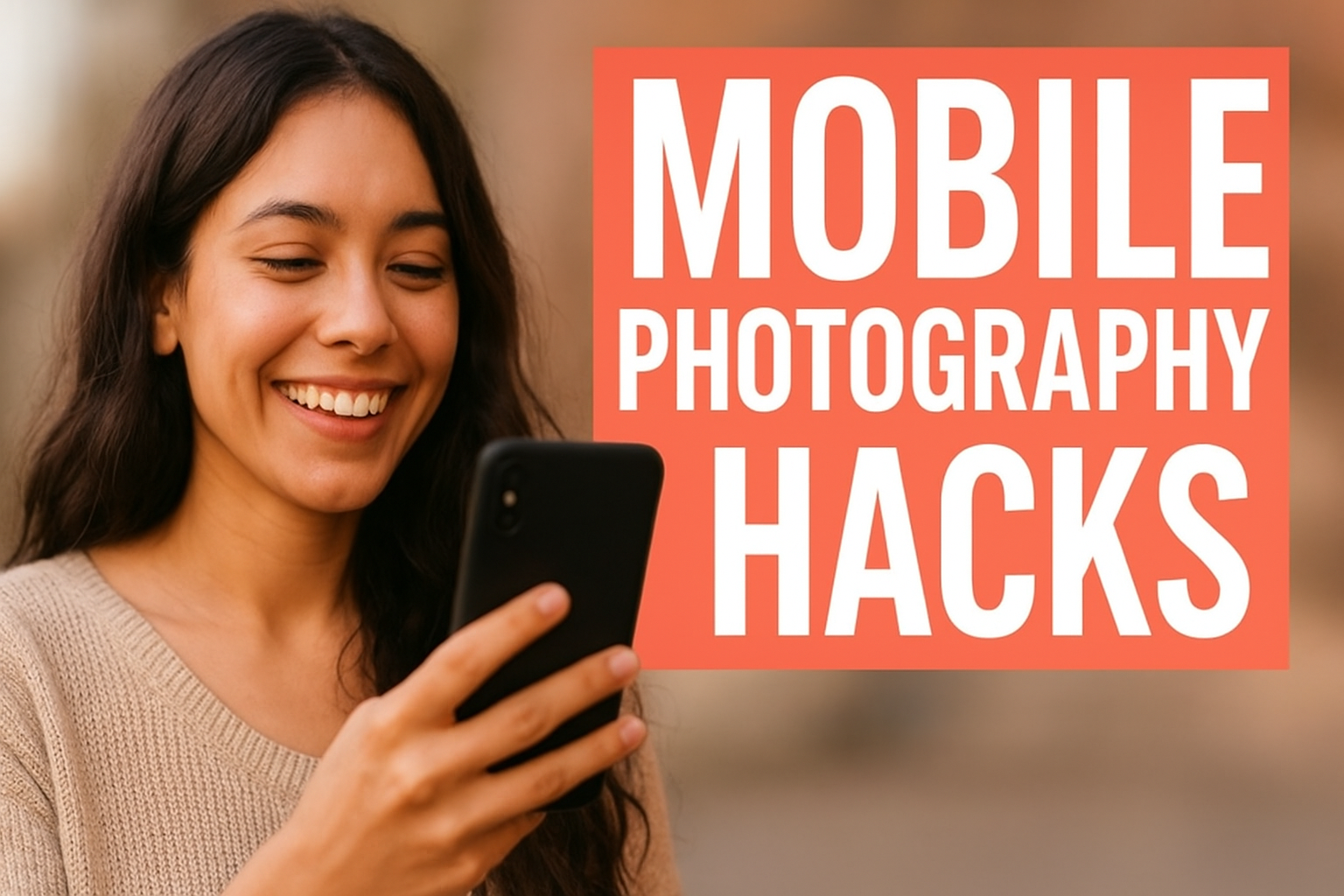
Mobile Photography Hacks: Candid Moments with Your Phone
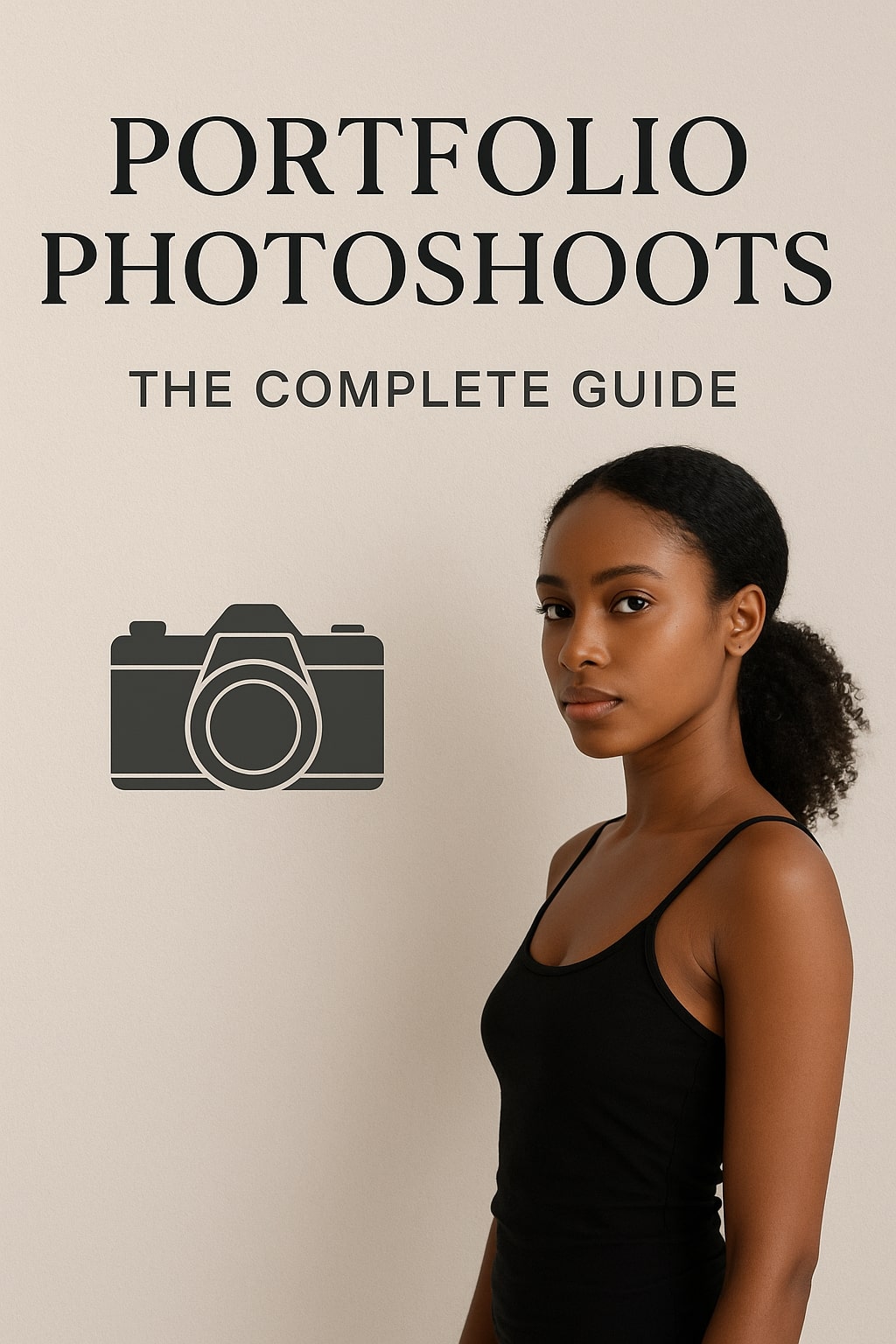
Professional Model & Portfolio Photoshoots: Show Your Best Work
-
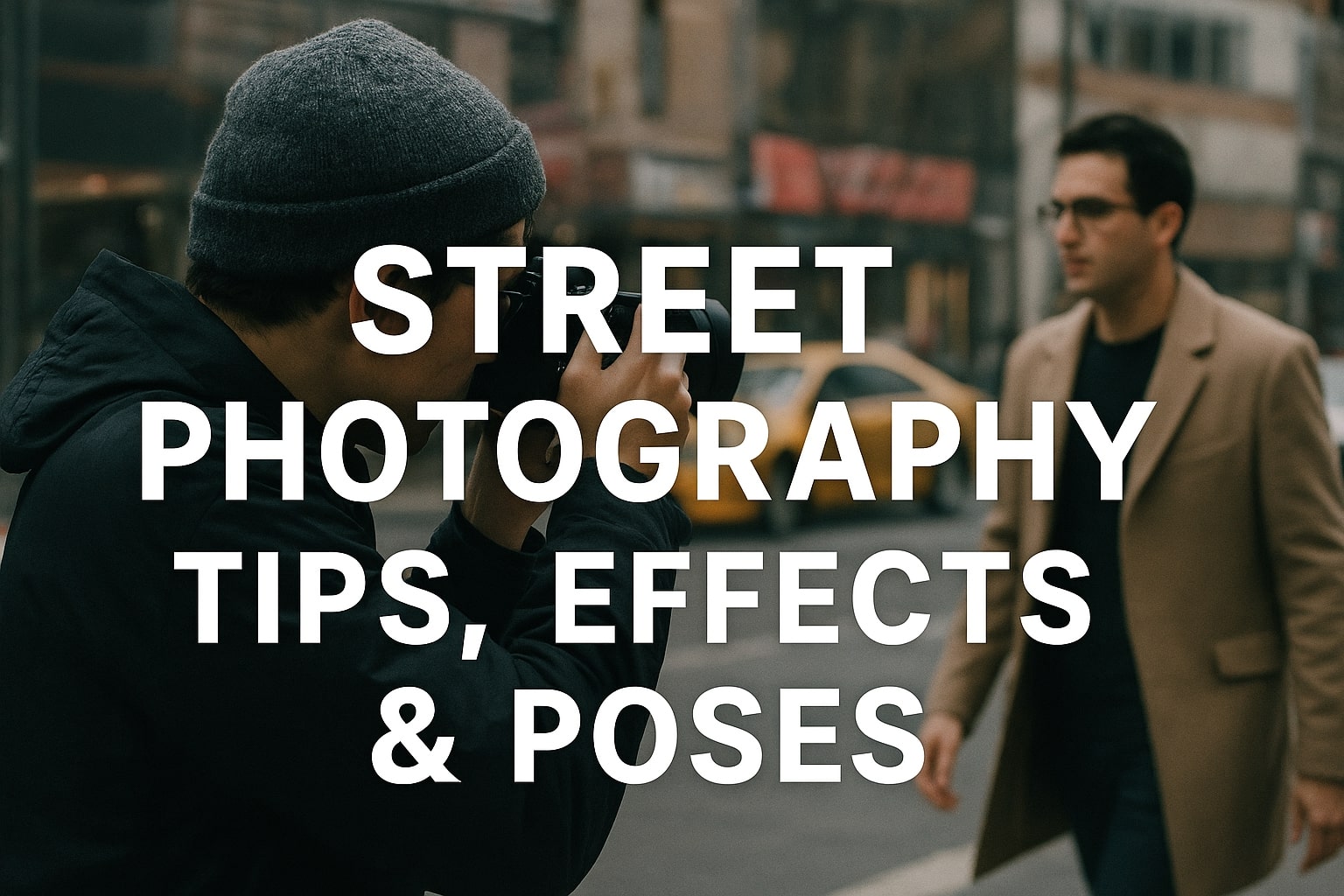
Street Photography Tips, Effects & Poses – Complete Guide
-
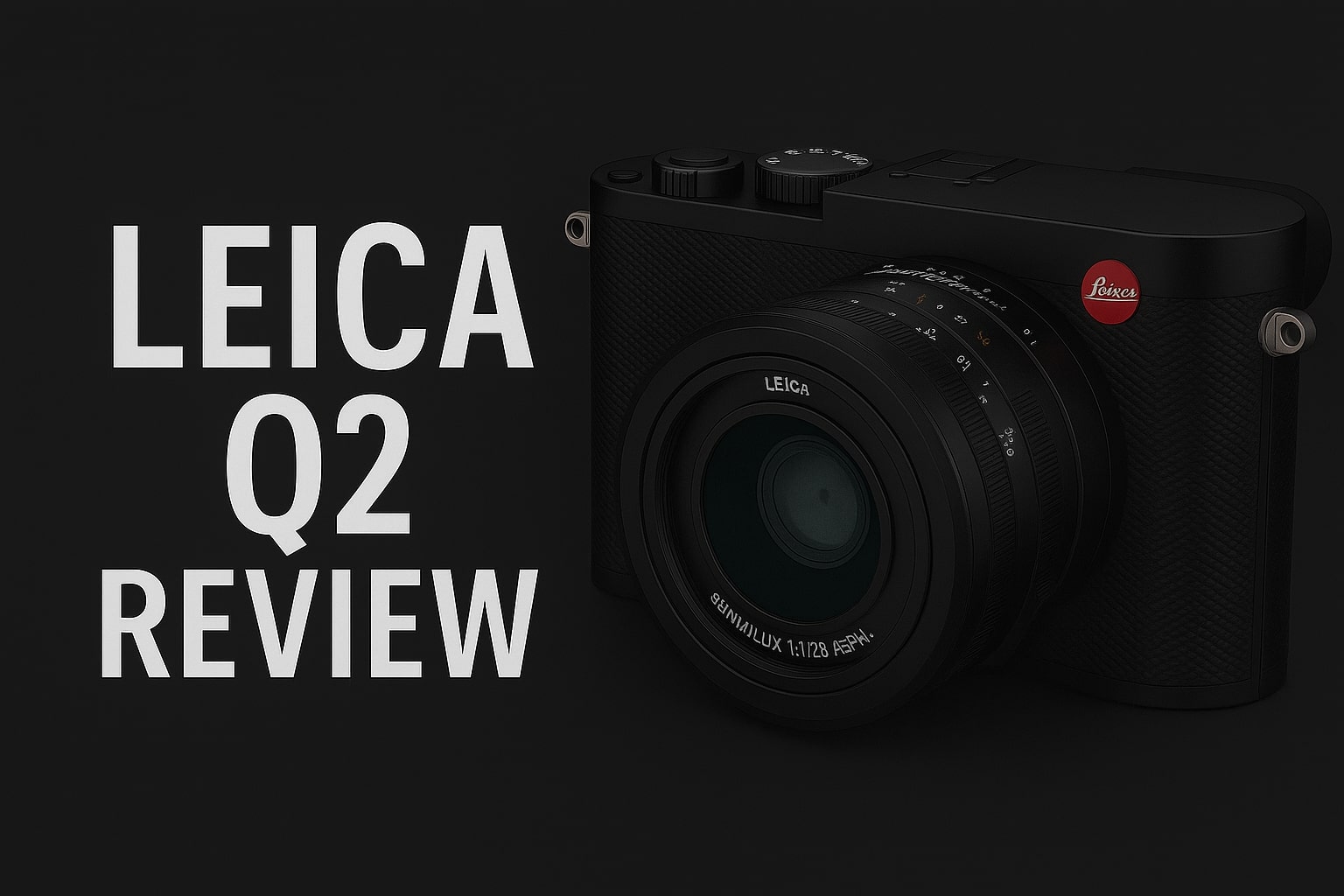
Leica Q2 for Photography: Why It’s Loved by Photographers
Mobile Photography Hacks: Candid Moments with Your Phone
Discover high-impact mobile photography hacks to capture genuine, gorgeous candid moments with your phone. Learn practical tips, composition secrets, and pro techniques to turn everyday scenes into stunning visual stories. Introduction: The New Age of Mobile Photography Photography has evolved beyond heavy cameras, technical jargon, and expensive equipment. Today, the power to capture extraordinary moments
Professional Model & Portfolio Photoshoots: Show Your Best Work
” Discover how to plan, style, and execute stunning portfolio photoshoots that showcase your skills, personality, and versatility. This comprehensive guide covers professional tips, posing ideas, gear suggestions, and industry insights for models and photographers.” Introduction – Why Portfolio Photoshoots Are the Cornerstone of a Photographer’s Career A well-crafted portfolio photoshoot is more than a
Street Photography Tips, Effects & Poses – Complete Guide
Discover the ultimate guide to Street Photography with expert tips, creative effects, and dynamic poses. Learn how to capture authentic urban moments, master composition, and tell powerful visual stories through your lens. Article Outline 1. Introduction to Street Photography Street Photography is more than just taking pictures of people in public spaces — it’s about
Leica Q2 for Photography: Why It’s Loved by Photographers
Introduction: The Cult Status of the Leica Q2 The Leica Q2 is not just a camera—it’s a statement. Combining the heritage of German precision engineering with modern digital excellence, it holds a special place in the hearts of professional and passionate photographers alike. With its full-frame sensor, prime Summilux lens, and minimalist design, the Q2
Top Cameras Under ₹1 Lakh for Freelance Photography
Freelance photography is no longer a niche—it’s a booming creative profession that demands not only vision and hustle but also the right gear. Your camera isn’t just a tool; it’s your storytelling partner. If you’re a freelance photographer aiming to balance performance, versatility, and budget, investing in a cameras under ₹1 lakh can offer the
Top Features of Nikon D850 That Make It Ideal for Photoshoots
Explore the top features of the Nikon D850 that make it a powerhouse for photoshoots. From exceptional resolution to dynamic range, this detailed Nikon D850 guide is built for professional and aspiring photographers. 1. Introduction When Nikon launched the D850, it quickly earned a reputation as a flagship DSLR that redefined what photographers could expect
